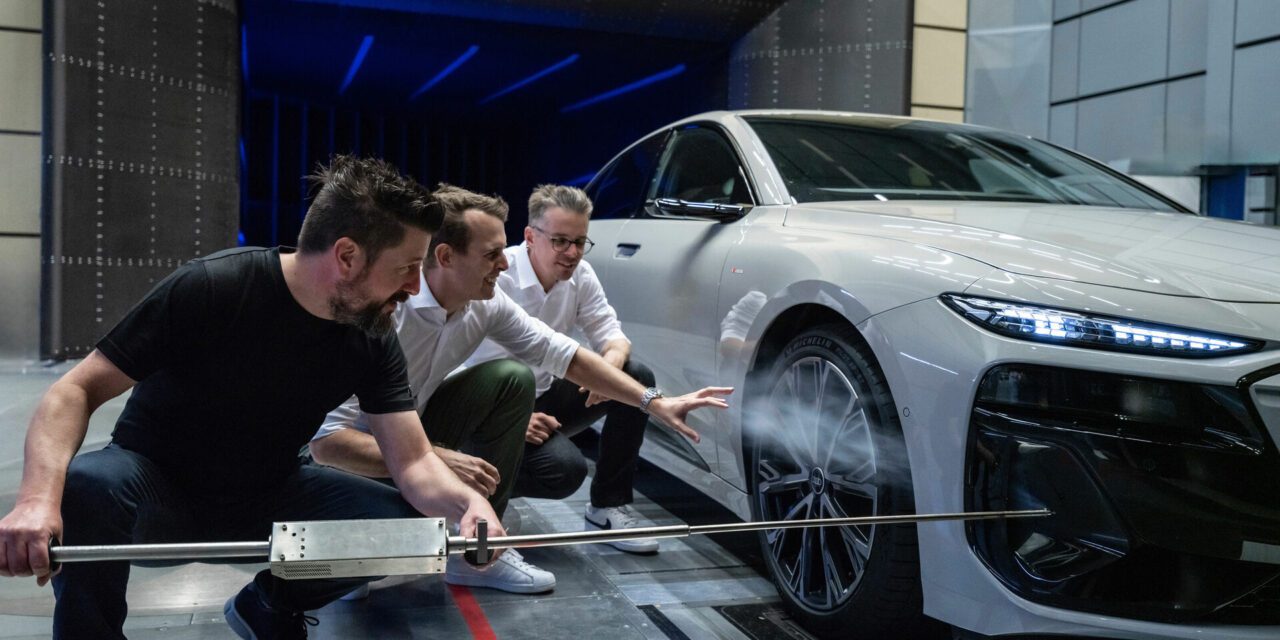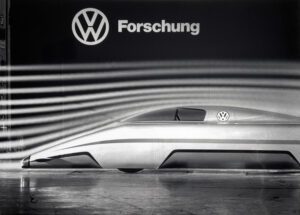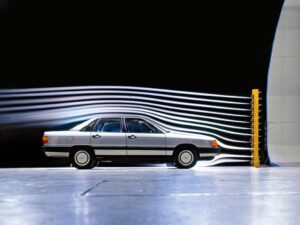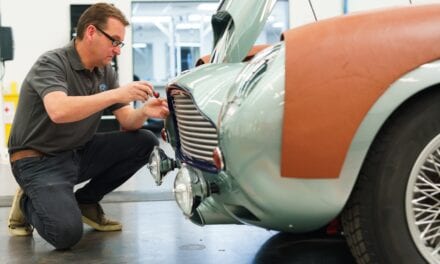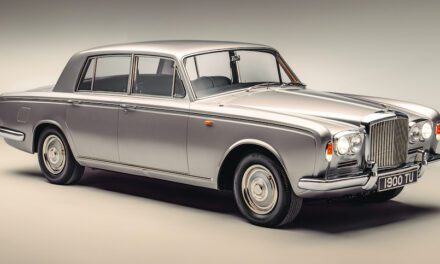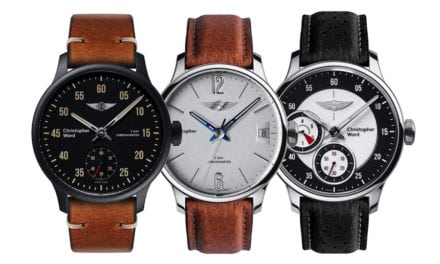Did you know and every time you go for a drive, you are driving through a wall? Not a physical wall but rather a ‘wall of air.’ The faster you go, the more that wall pushes against the front of your car to slow you down. We do not often think about ‘air’ that much but when we drive at dual carriageway or motorway speeds and on windy days, air resistance or drag (which is the force that acts upon a moving object by the air) has a huge effect on the way a car accelerates, handles and the amount of fuel it consumes.
This is where the science of ‘aerodynamics’ comes into play. Aerodynamics is the study of the properties of moving air and the interaction between the air and solid bodies moving through it. For several decades’ car designers have been designing cars with aerodynamics in mind and coming up with a variety of innovations that allow cars to cut through that ‘wall of air’ with greater ease and less impact, trying to replicate the ‘teardrop’ shape which is the most aerodynamically efficient shape in nature.
A car with a slippery shape will be able to accelerate with less difficulty and will be able to achieve better MPG as the engine does not have to work nearly as hard to push the car through the ‘wall of air.’ Engineers have come up with rounded designs and shapes on the vehicle bodies which allow air to flow around the car with the least resistance possible. Not only do sports cars look more visually appealing than SUV’s and 4×4’s, but they also cut through the ‘wall’ like a hot knife through butter.
High performance cars and racing cars even have front air dams (or splitters), spoilers and diffusers. A ‘splitter’ increases the downforce at the front of the car; airstream is brought to a stagnation above the splitter by an air dam causing an area of high pressure and below the splitter the air is redirected away from the ‘stagnation zone’ and is accelerated causing the pressure to drop. This combined with high pressure of the splitter creates downforce. ‘Diffusers’ are shaped sections on the underbody which help improve vehicle aerodynamics and stability also creating downforce which helps the car stick to the road or track. The 1974, Porsche 911 Turbo featured a large, flared rear spoiler (often dubbed the ‘whale-tail’ and in 1978 it was redesigned and dubbed the ‘tea-tray’) which was designed to reduce rear-end lift to stop the car oversteering at high speeds.
So, if you want an aerodynamic car, what should you look out for? Well, every modern car has a drag coefficient figure or ‘Cd.’ The lower the ‘Cd’ figure, the more aerodynamic the car is, and the easier it can push through the ‘wall of air.’ To begin with, only high-performance sports cars were designed to be streamlined. However, that changed in the 1980’s when Audi brought out the ‘100’ model; a four-door passenger saloon car with a then unheard of ‘Cd’ of 0.30. The Audi 100 had the most effective aerodynamics of any production car in its day thanks to its lightweight construction and painstaking air flow design over the body rather than a radical approach to its overall shape. The ‘100’ went through an extensive programme of wind tunnel testing which was carried out in top secret across multiple facilities over Europe. Designers and engineers focused on smoothing the air flow around the engine bay, they fitted flush glazed side windows and utilised air flow management under the car. The most aerodynamic models with the narrowest tyres carried a ‘Cd 0.30’ badge in the rear side glass. Thanks to all this aerodynamic technology, the ‘100’ was able to deliver competitive performance from much smaller engines than were typically used in its class, achieving superior fuel consumption.
If you are building a concept car and not tided down to any road-car regulations, you can construct some truly slippery shapes such as the ‘ARVW’ concept car that was built by Volkswagen at the end of the 1970’s. This project was specifically an object of aerodynamic research by the company to trace the correlation between vehicle body shape and fuel consumption at high speed. This special vehicle featured a tuned 6-cylinder turbo diesel engine and a body made from aluminium and composite materials. In 1980, it was the fastest diesel car in the world reaching a top speed of 224.9 mph and boasting an impressive Cd figure of 0.15!
So, what about modern cars? As we have already mentioned, all car makers are doing their very best to come up with the smoothest and slickest air cutting shapes, take Mercedes-Benz for example.
The most aerodynamic production car is the Mercedes-Benz EQS with a drag coefficient of 0.20. This makes it the slipperiest car on the market, able to cut through the air more efficiently than any other production car.
Audi, a pioneer in aerodynamics as already mentioned, is still very impressive today; the A6 Sportback e-tron is the most aerodynamic Audi of all time with a Cd figure of 0.21 and leads the entire VW Group in its segment in terms of aerodynamics. This amazing achievement was thanks to ‘around 2,800 simulations and countless hours in the wind tunnel.’ The A6 Avant e-tron also achieves an excellent Cd value of 0.24, placing it at the top of its body segment.
Even the wheels on the e-tron models were given very special attention; the aero optimizations to the feature of the wheels ‘round off’ the aerodynamics concept of the Audi A6 e-tron. Rim designer Andreas Valencia Pollex says. “Formerly, wheels basically only had to meet stability requirements. Today, we develop and design intelligent aero wheels that are as efficient as possible because the wheels, and even the tyres, have a major impact on the range of an electric car.” The A6 e-tron has special 19” aero wheels and two special 20” aero wheels.
Valencia Pollex continues: “To achieve perfect aerodynamics, the rims had to be somewhat flat so that the air that hits the front of the car is directed sideways around the body without much turbulence. We want the wind to flow along a wall rather than a collection of geometric shapes. So, we also developed a 21” wheel with aero blades made from special plastic for the A6 e-tron.”
Aerodynamics developer Andreas Lauterbach adds: “If you look at the whole range of wheels, the best and the worst wheels in terms of aerodynamics are only 0.015 Cd apart. That means that practically every wheel is designed for maximum aerodynamics.”
There is no doubt that vehicle aerodynamics are fascinating, important, and save you money at the pump or ‘plug’ in today’s ever increasing electric world. So, the next time you buy a new car, don’t forget to find out how well it cuts through that ‘wall of air!’

